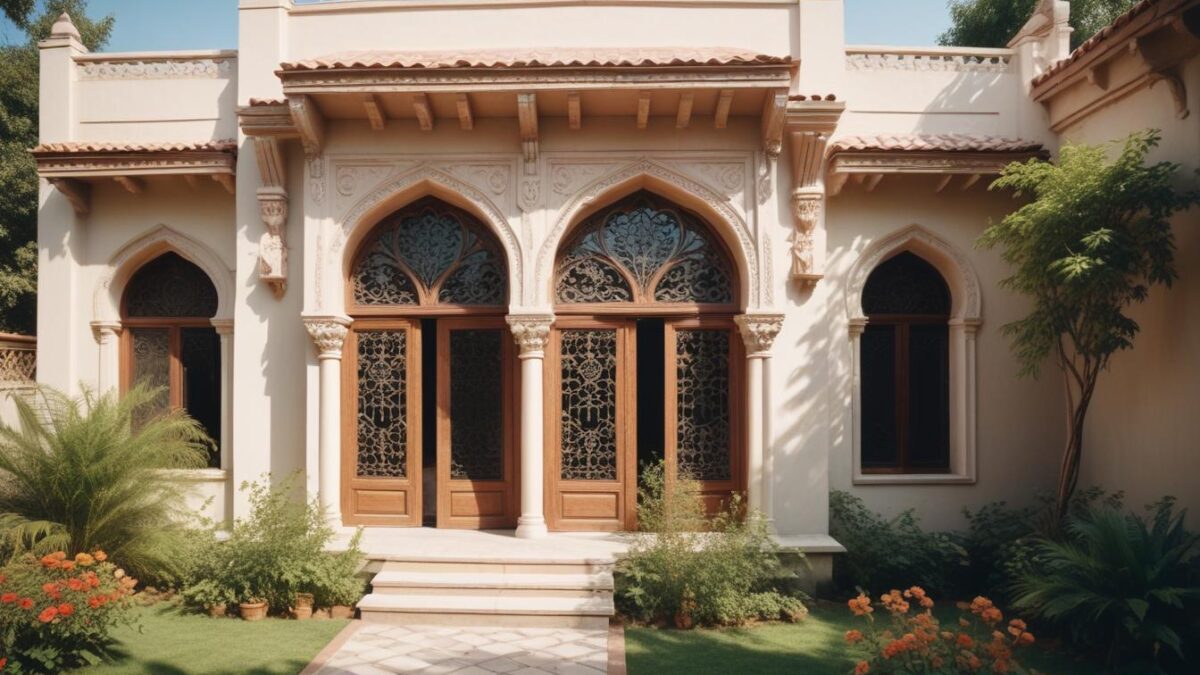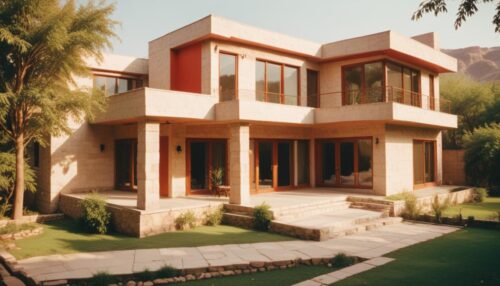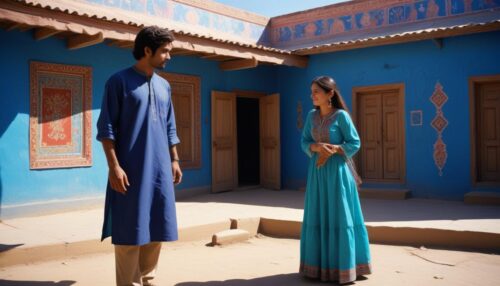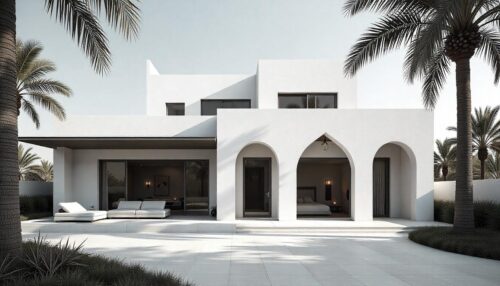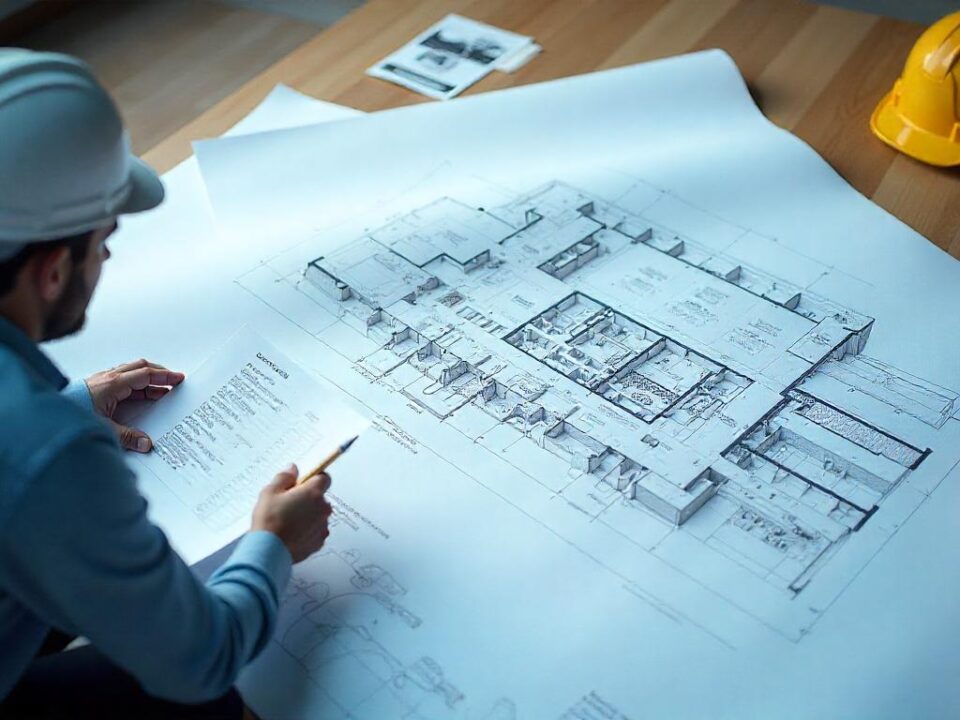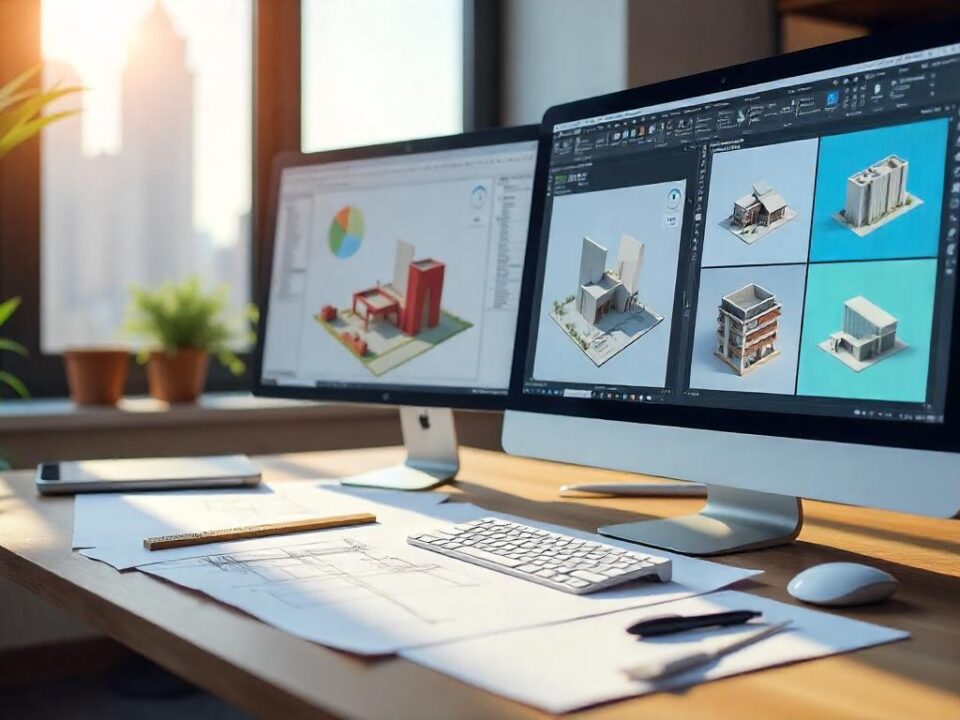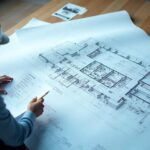
How Much Does An Architect Cost?
October 17, 2024Home design in Pakistan is a dynamic mix of cultural heritage and modern influences, shaped by both traditional values and the latest architectural trends. Whether you are building a new home or renovating an existing property, understanding the unique aspects of home design in Pakistan can help you create a living space that reflects your personal style while aligning with local preferences and climate considerations.
1. Traditional Elements in Home Design in Pakistan
Pakistan’s architectural history is deeply influenced by its cultural diversity, with roots in Mughal architecture and Islamic design. Some of the key features seen in traditional Pakistani homes include:
- Courtyards: Central courtyards, or aangan, are common in older homes, particularly in Punjab and Sindh. These open spaces promote ventilation, offer privacy, and provide a family-friendly area for gatherings.
- Jharokhas and Arched Windows: These decorative windows, inspired by Mughal design, are a signature element in many Pakistani homes, adding a touch of craftsmanship and heritage.
- Intricate Woodwork: Traditional homes feature hand-carved wooden elements, such as doors and window frames. Rosewood and teak are often used due to their durability and fine texture.
- Geometric Patterns: Islamic geometric patterns are often integrated into tile work, wall carvings, and flooring, giving homes an aesthetic that blends art with architecture.
2. Modern Home Design in Pakistan
In recent years, home design in Pakistan has seen a significant shift toward modern, minimalist styles, especially in urban areas like Lahore, Karachi, and Islamabad. Key trends include:
- Open Floor Plans: Modern homes in Pakistan now favor open-concept designs, which seamlessly blend living rooms, dining areas, and kitchens into one continuous space, enhancing the flow of light and air.
- Minimalist Aesthetic: Clean lines, neutral color palettes, and clutter-free spaces have become the hallmarks of contemporary home design in urban Pakistan. This style often incorporates sleek materials like glass, steel, and concrete.
- Energy Efficiency: As environmental awareness grows, homeowners in Pakistan are increasingly integrating sustainable materials and energy-efficient systems, such as solar panels and LED lighting, into their designs.
3. Regional Variations in Home Design
The diverse geography and climate of Pakistan significantly influence home designs across different regions. For instance:
- In Punjab, homes typically have larger open spaces, verandas, and courtyards to accommodate the temperate climate, while embracing a mix of colonial and modern architectural styles.
- In Sindh, particularly Karachi, homes are built to combat high heat and humidity, with materials like concrete and brick offering insulation. Courtyards and terraces also serve to promote ventilation.
- In Northern Pakistan, the cold climate demands thicker walls, smaller windows, and slanted roofs to retain heat. Homes in areas like Gilgit and Hunza are often constructed using stone, wood, and clay to withstand harsh winters.
4. The Role of 3D Architecture in Home Design in Pakistan
With the rise of technology, 3D architecture design has become a game-changer in home design in Pakistan. Homeowners now have the ability to visualize their entire house, inside and out, before construction begins. This allows for:
- Customization: Homeowners can tweak their layouts, experiment with materials, and make design decisions with confidence.
- Accuracy: 3D models offer a precise depiction of space, ensuring that design flaws can be corrected early, which saves time and money during construction.
- Innovation: Incorporating modern architectural elements like green spaces, energy-efficient designs, and smart home technology becomes easier with 3D visualization.
5. Balancing Tradition and Modernity
A unique aspect of home design in Pakistan is the ability to blend traditional features with modern design elements. For example, you can have a minimalist home with a touch of heritage by incorporating Mughal-inspired arches, wooden jharokhas, or even Islamic geometric patterns into a contemporary layout. This balance between old and new allows homeowners to stay connected to their roots while enjoying the comfort and functionality of modern living.
6. Key Considerations for Home Design in Pakistan
- Climate: Always consider the regional climate when planning your home design. For example, use insulated materials in colder areas and heat-resistant materials in hotter regions.
- Budget: Be mindful of your budget from the start. Home designs in Pakistan can vary widely in cost, and it’s crucial to choose materials, architects, and contractors that align with your financial plan.
- Architectural Expertise: Working with experienced architects who understand local trends and can leverage modern technology like 3D design is essential for bringing your vision to life. Firms like Houston International provide state-of-the-art 3D architecture services, offering an efficient way to design homes that suit both traditional and modern tastes.
Conclusion
Home design in Pakistan is evolving, offering a wide range of possibilities for homeowners. Whether you’re inspired by the beauty of traditional Pakistani elements or prefer a sleek modern design, it’s essential to work with professionals who understand the local architecture and can offer innovative solutions like 3D design. By blending tradition with modernity, you can create a home that is both functional and aesthetically pleasing, tailored to your unique needs and lifestyle.


